Are Western battle tanks really a silver bullet for Ukraine?
Increase in military assistance ‘marks a turning point in Western policy’ but may still not be enough
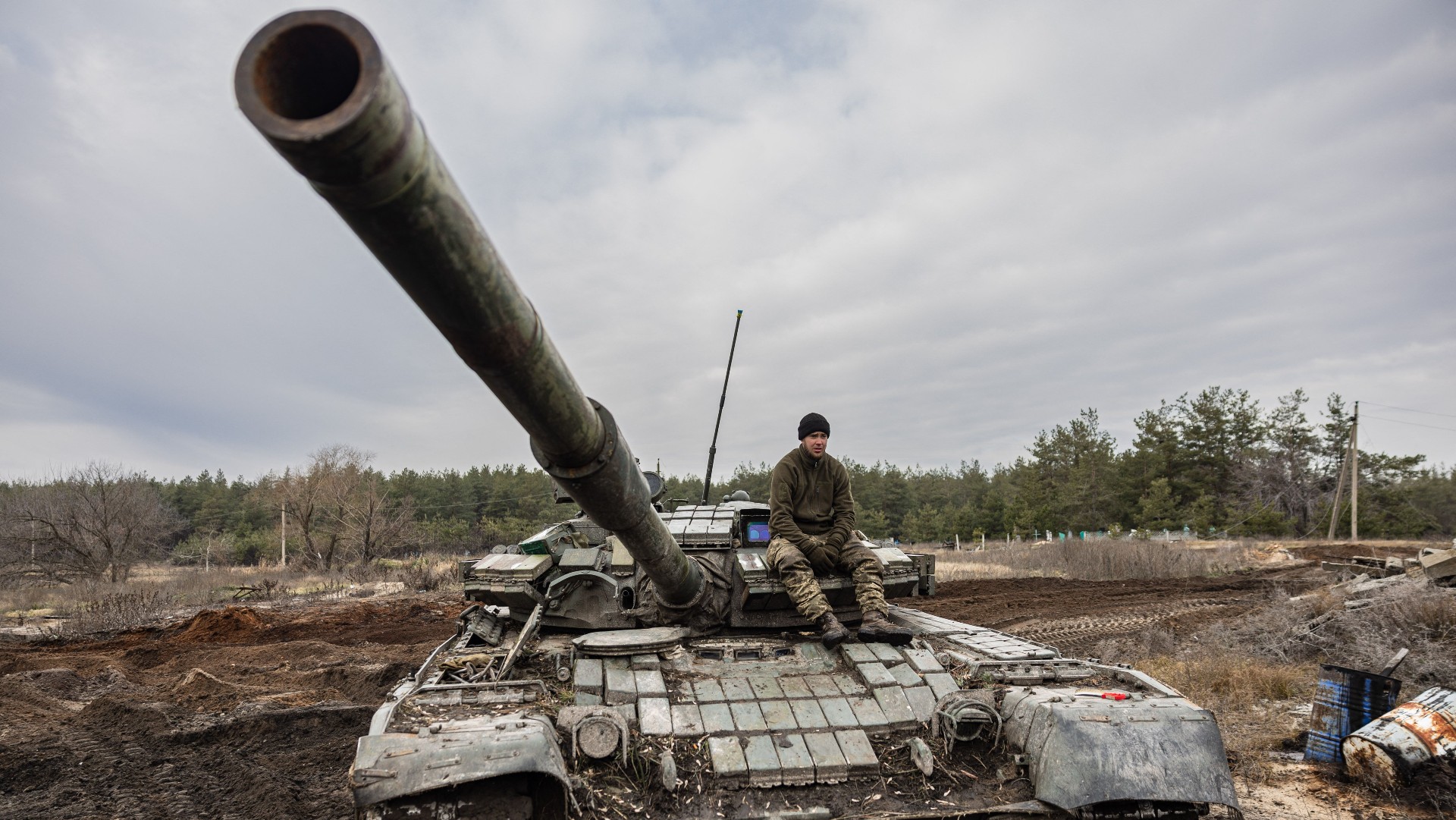
British tanks could be supplied to Ukraine for the first time since the Russian invasion began almost a year ago as part of a major change in Western policy aimed at bringing a military breakthrough to end the war.
According to a “Western source with knowledge of the conversations” reported by Sky News, “discussions have been taking place ‘for a few weeks’ about delivering a number of the British Army’s Challenger 2 main battle tank to the Ukrainian armed forces”.
Last week Emmanuel Macron announced that France would become the first country to heed Kyiv’s repeated calls for Western-made tanks by supplying its lightweight armoured combat vehicle. This was quickly followed by similar pledges from Germany and the US to help Ukrainian soldiers be transported at rapid speeds across the frontlines and provide additional fire support for advancing troops.
The Week
Escape your echo chamber. Get the facts behind the news, plus analysis from multiple perspectives.

Sign up for The Week's Free Newsletters
From our morning news briefing to a weekly Good News Newsletter, get the best of The Week delivered directly to your inbox.
From our morning news briefing to a weekly Good News Newsletter, get the best of The Week delivered directly to your inbox.
What did the papers say?
“First, the caveats,” said The Telegraph. The armoured vehicles promised by France, Germany and the US “are not, technically speaking, true tanks. They lack the armour or firepower to play the breakthrough role of those machines.”
The paper added that Germany was “still ignoring Ukrainian demands” to release its Leopard II Nato-standard battle tank “which some think would turn the tide of the war”.
In Germany, President Olaf Scholz “had been the target of heckling – even from his own coalition partners – for taking his time on deciding to send tanks to Ukraine”, reported France24.

With Poland and Finland ready to send Leopard II tanks to aid Kyiv, were the UK to carry through on reports it is preparing to send its Challenger 2 tank, then “such a move would mark a significant step-up in Western support to Ukraine and could help prompt other NATO allies, in particular Germany, to follow suit”, said Sky News.
A free daily email with the biggest news stories of the day – and the best features from TheWeek.com
Even without the heavy tank deployment, “this week marks a turning point in Western policy”, said The Telegraph. The question now is whether it will make a difference on the battlefield.
What next?
“The vehicles don’t fulfill Ukraine’s request for combat tanks,” said AP, but looking ahead to a likely spring offensive, they do “provide a strategic war-fighting capability as the season change brings muddy terrain and Ukraine launches an aggressive campaign to recoup territory taken by Russia, particularly in the east”.
Likewise, the deployment of Challenger 2 tanks in itself would not be a “game changer”, said Sky News. It reported that “as many as ten of the vehicles - enough to equip a squadron - could be on the table”, but the UK Defence Journal noted that this is “only a tiny portion of the 300 tanks that Ukraine is hoping to get as they try to beef up their mechanised forces”.
Retired RAF Air-Vice Marshal Sean Bell told Sky there was also the “downside” of the “massive training burden”.
The Challengers are “packed full of electronics, laser sighting, night vision goggles, targeting computers, all of which will be double Dutch to the Ukrainians”, he said.
The move would still be “hugely significant”, argued Sky, because it would “breach a barrier that has so far prevented allies from offering up Western tanks to Ukraine for fear of being seen as overly escalatory by Russia”.
With both Ukrainian and Russian forces predominantly relying on Soviet-era tanks like the T-72, Colonel Hamish de Bretton Gordon, a former commander of 1st Royal Tank Regiment, said the introduction of modern Western tanks could “tip the balance” on the battlefield in Ukraine’s favour.
“Strategically this sends a very firm message to [Russia’s President Vladimir] Putin that nothing is off the table,” he said.
While the deployment of Western armoured vehicles is “a welcome but late step”, wrote John Herbst, a former US ambassador to Ukraine, for the Atlantic Council, the slow pace of supply “means that the war lasts longer than necessary and desirable”.
The Biden administration “needs to state that its clear objective is to help Ukraine make the Russian presence in Ukraine untenable. The smart way to do that is to provide Kyiv the still longer-range artillery, missiles and drones (to three hundred kilometers), tanks, and aircraft (F-16s) enabling Ukraine to sever the land bridge to Crimea and thereby force a Russian retreat from southern Ukraine, making it extremely difficult for Russia to supply its military and more in Crimea,” he said.
Much could depend on what happens in Crimea. According to Ukrainian officials and security analysts cited by the Kyiv Post, “advancing Ukrainian troops armed with precision-guided weapons, may soon be poised to strike Russian strategic air bases, submarine pens, and an atomic weapon storage site in the Black Sea peninsula – leaving Russian leader Vladimir Putin with the unpleasant choice of nuclear escalation against Nato or backing down on Crimea”.
The US-led group of around 50 nations, including the UK, that supply military assistance to Ukraine is due to hold its next meeting on 20 January, and any announcements about further support “could be made to coincide with the Contact Group gathering”, said Sky News.
-
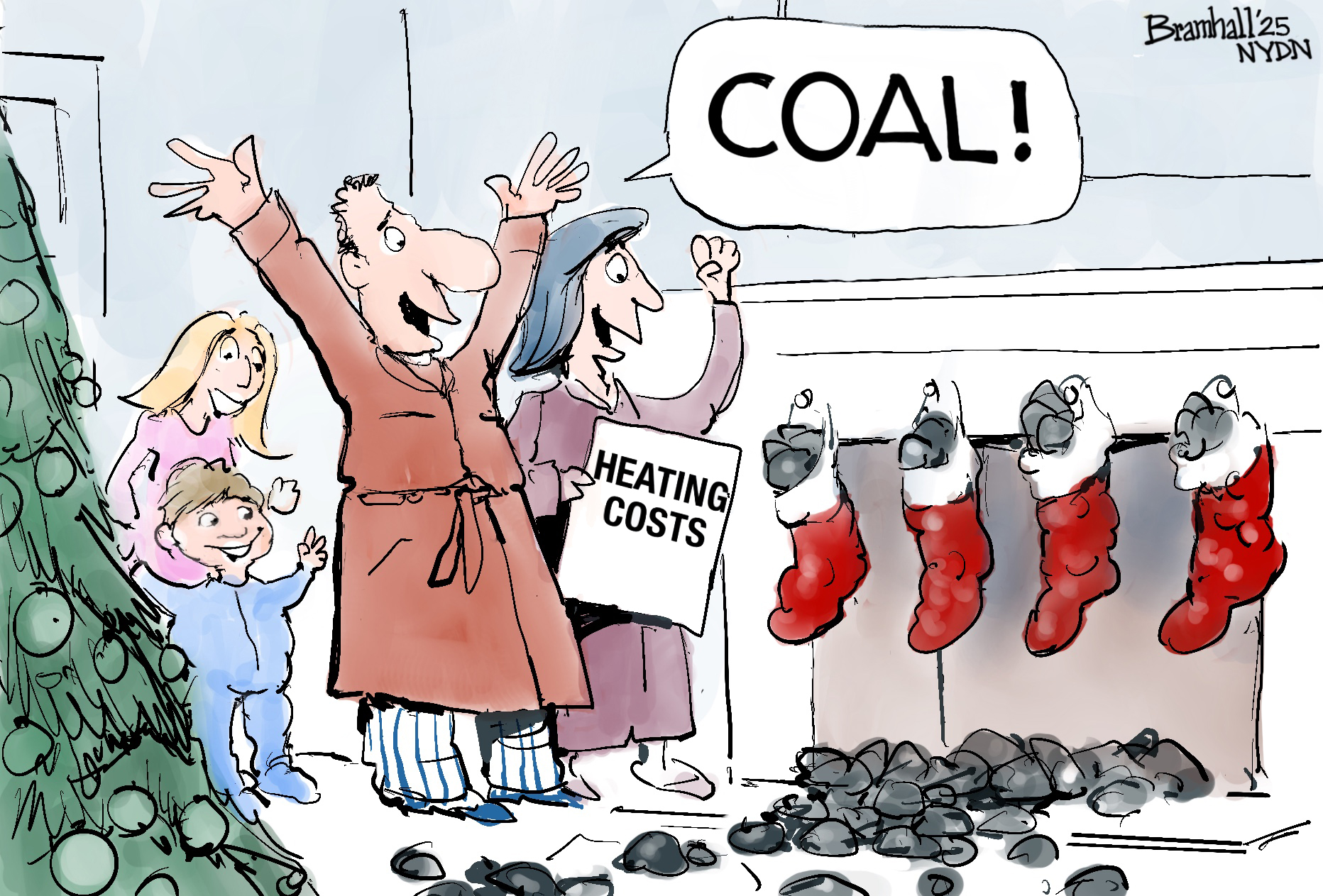 Political cartoons for December 22
Political cartoons for December 22Cartoons Monday's political cartoons include energy bills, redacted files, and renaming the Washington monument
-
 Guess the Number: December 2025
Guess the Number: December 2025Puzzles The daily number puzzle from The Week
-
 Guess the Number: November 2025
Guess the Number: November 2025Puzzles The daily number puzzle from The Week
-
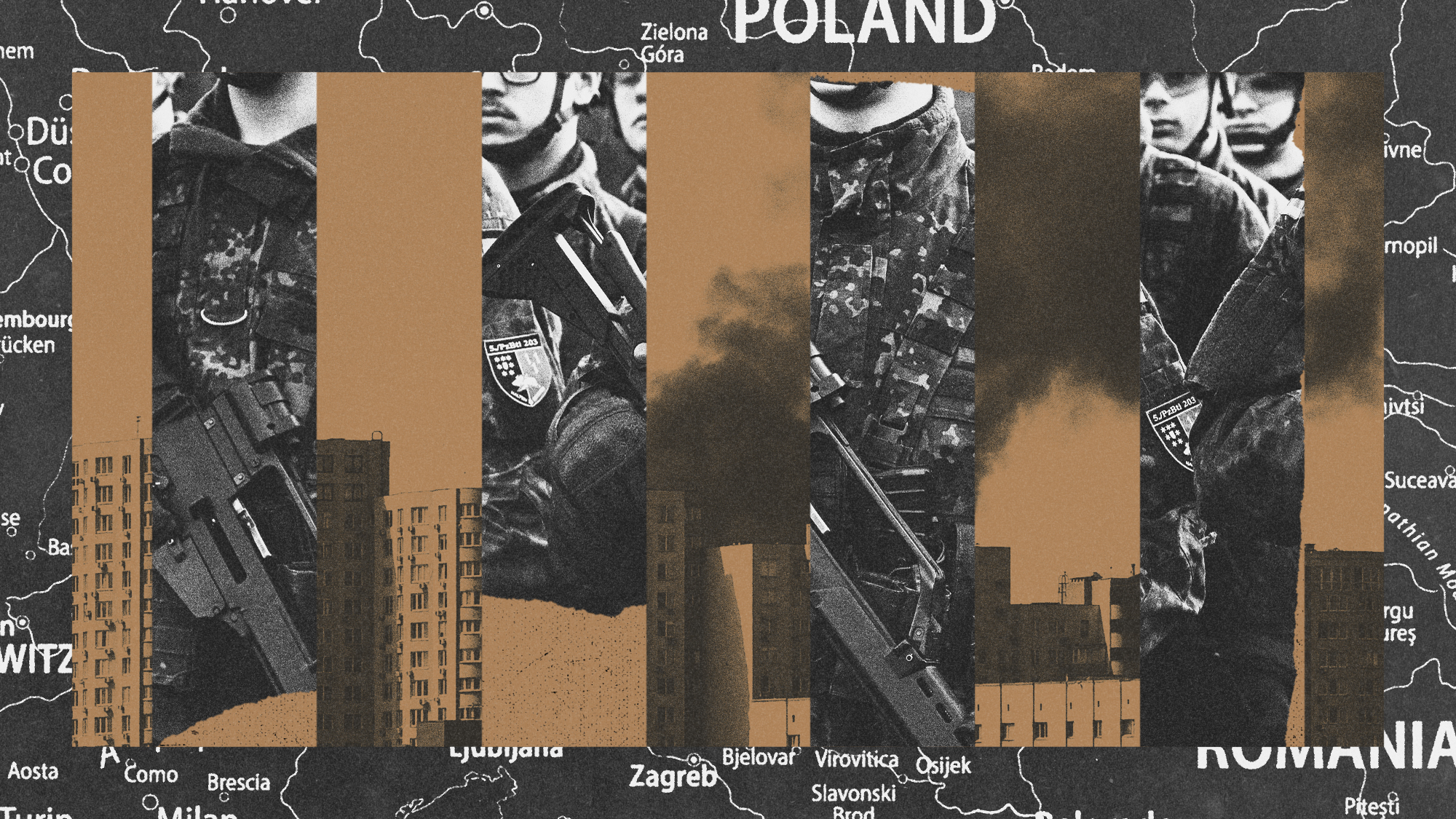 Is conscription the answer to Europe’s security woes?
Is conscription the answer to Europe’s security woes?Today's Big Question How best to boost troop numbers to deal with Russian threat is ‘prompting fierce and soul-searching debates’
-
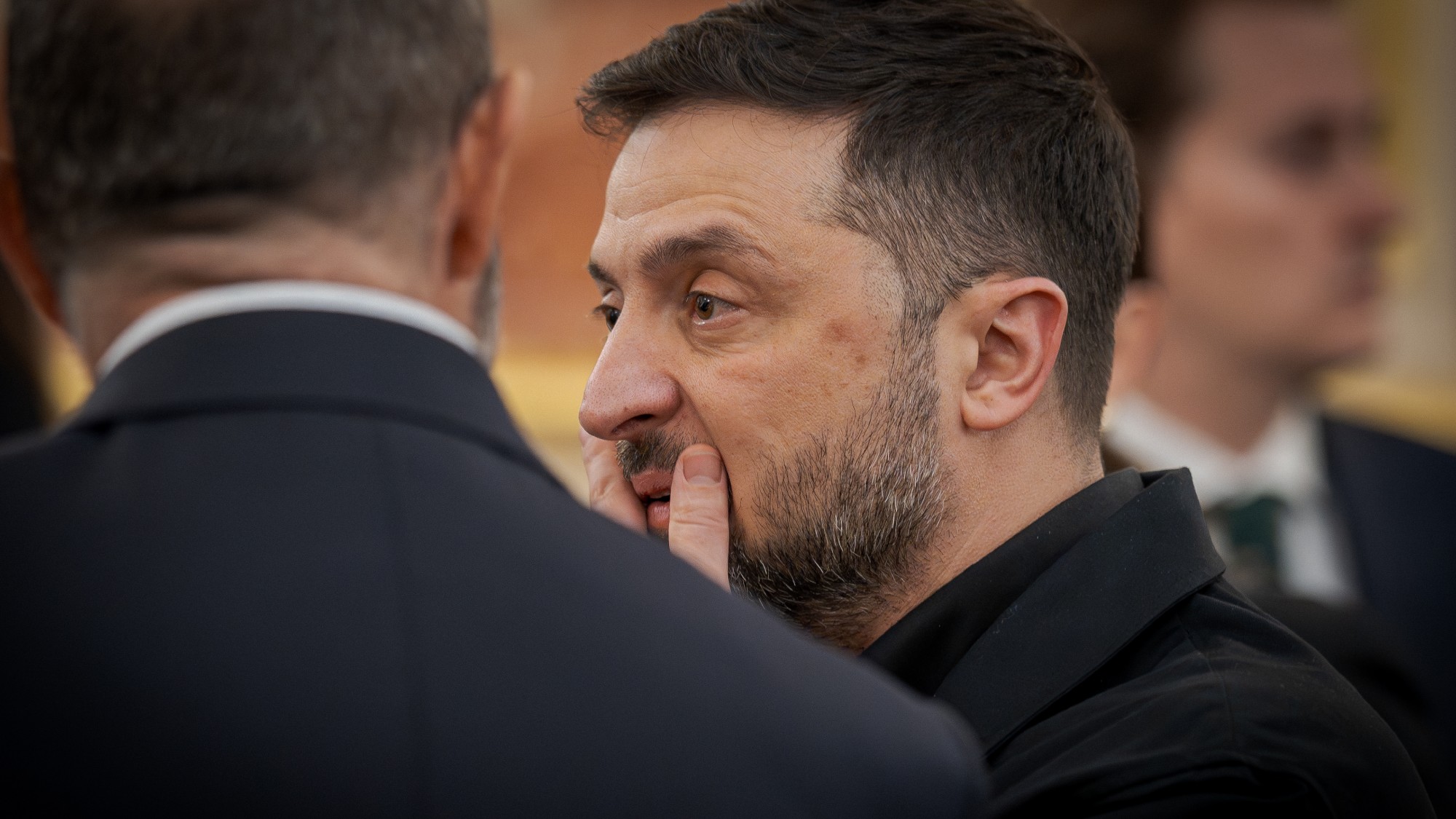 Trump peace deal: an offer Zelenskyy can’t refuse?
Trump peace deal: an offer Zelenskyy can’t refuse?Today’s Big Question ‘Unpalatable’ US plan may strengthen embattled Ukrainian president at home
-
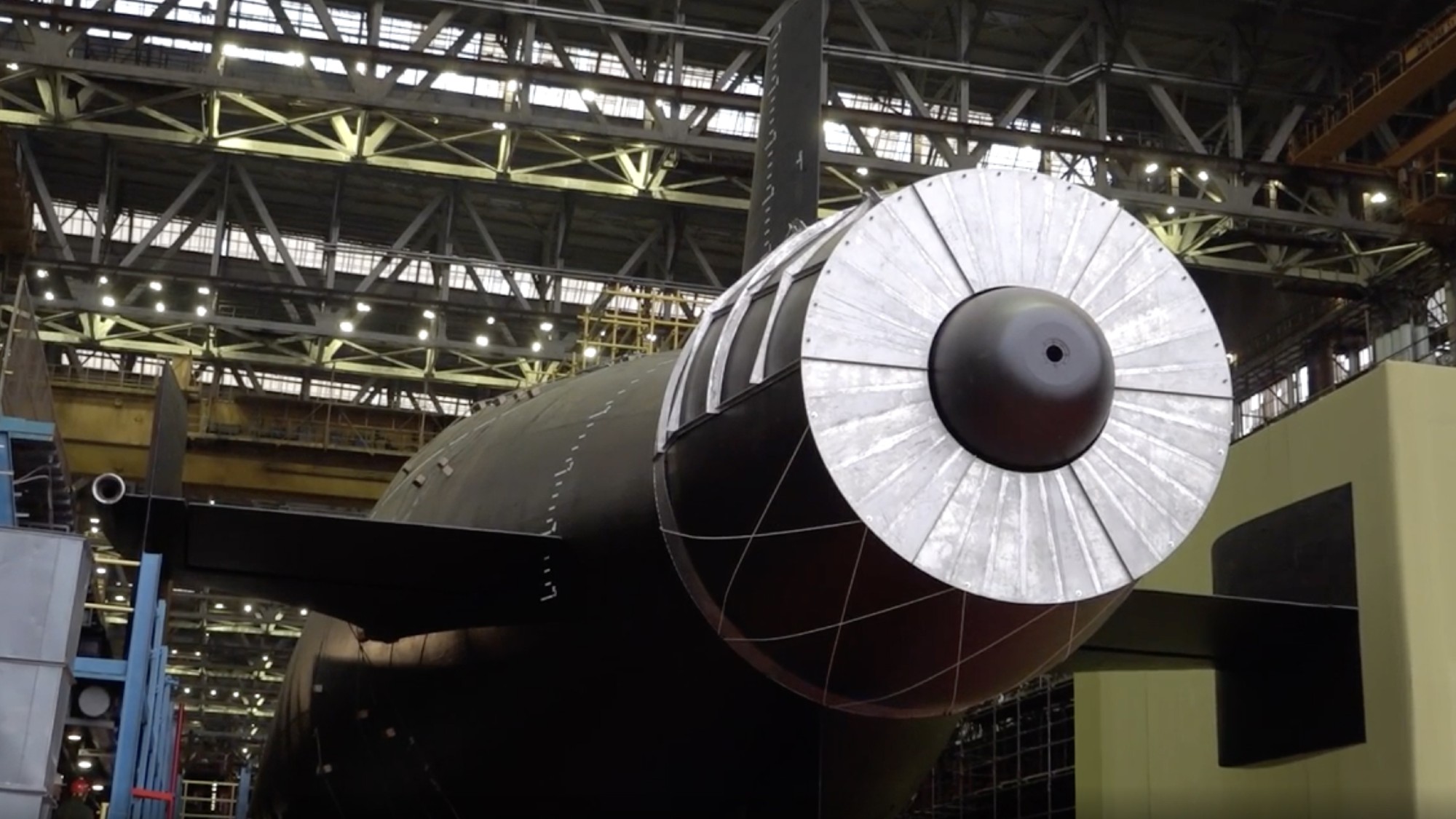 Vladimir Putin’s ‘nuclear tsunami’ missile
Vladimir Putin’s ‘nuclear tsunami’ missileThe Explainer Russian president has boasted that there is no way to intercept the new weapon
-
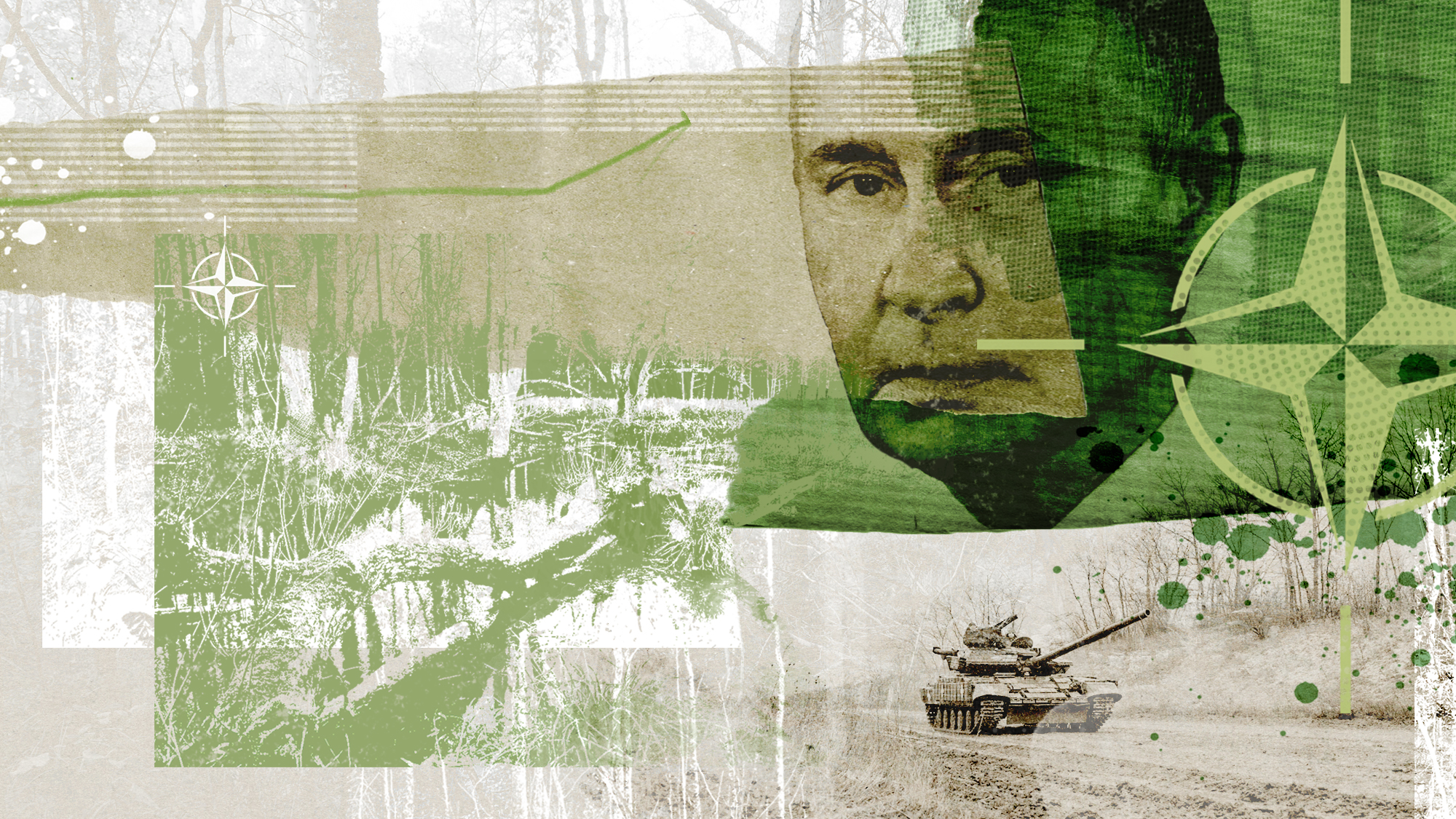 The Baltic ‘bog belt’ plan to protect Europe from Russia
The Baltic ‘bog belt’ plan to protect Europe from RussiaUnder the Radar Reviving lost wetland on Nato’s eastern flank would fuse ‘two European priorities that increasingly compete for attention and funding: defence and climate’
-
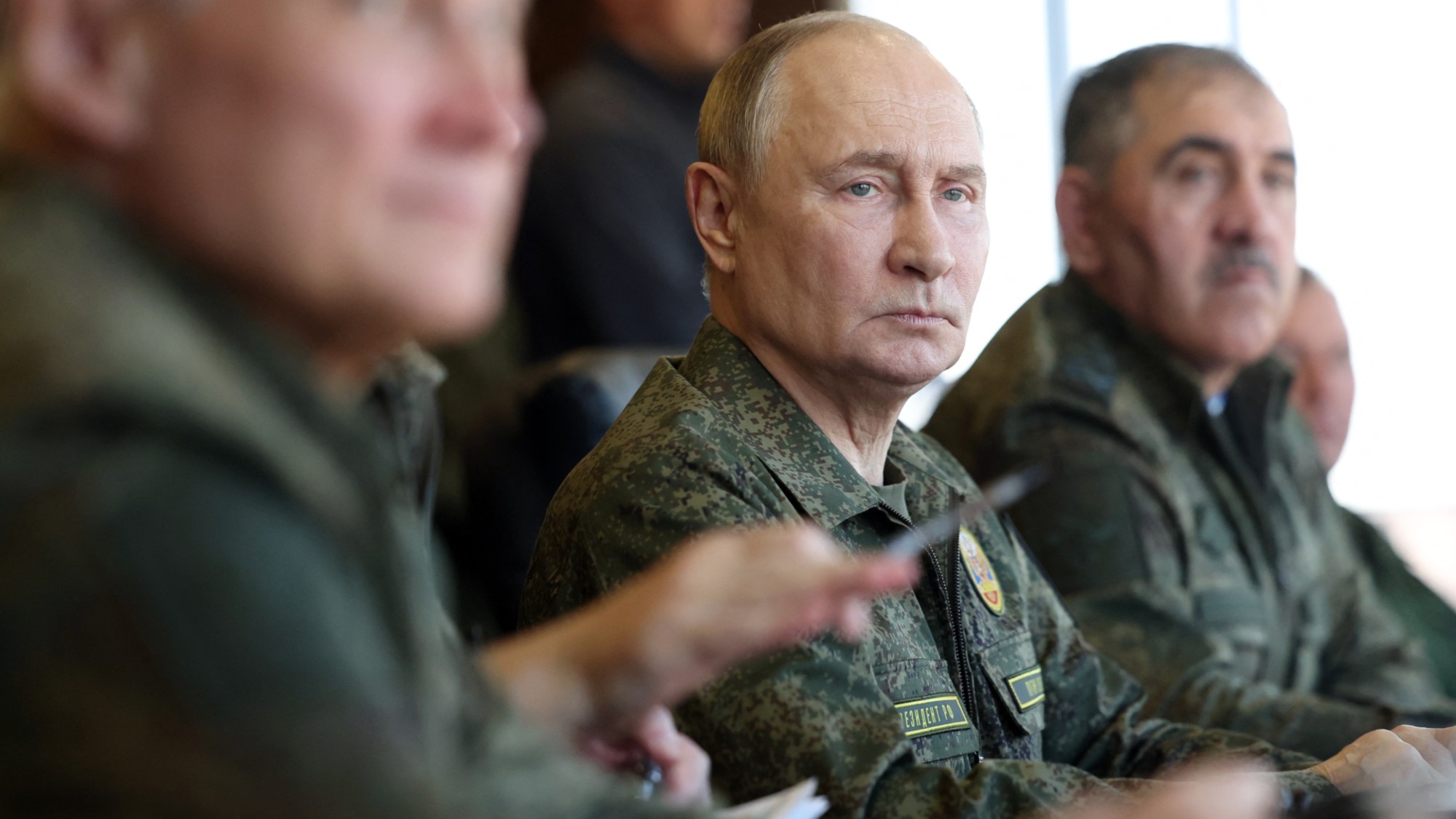 How should Nato respond to Putin’s incursions?
How should Nato respond to Putin’s incursions?Today’s big question Russia has breached Nato airspace regularly this month, and nations are primed to respond
-
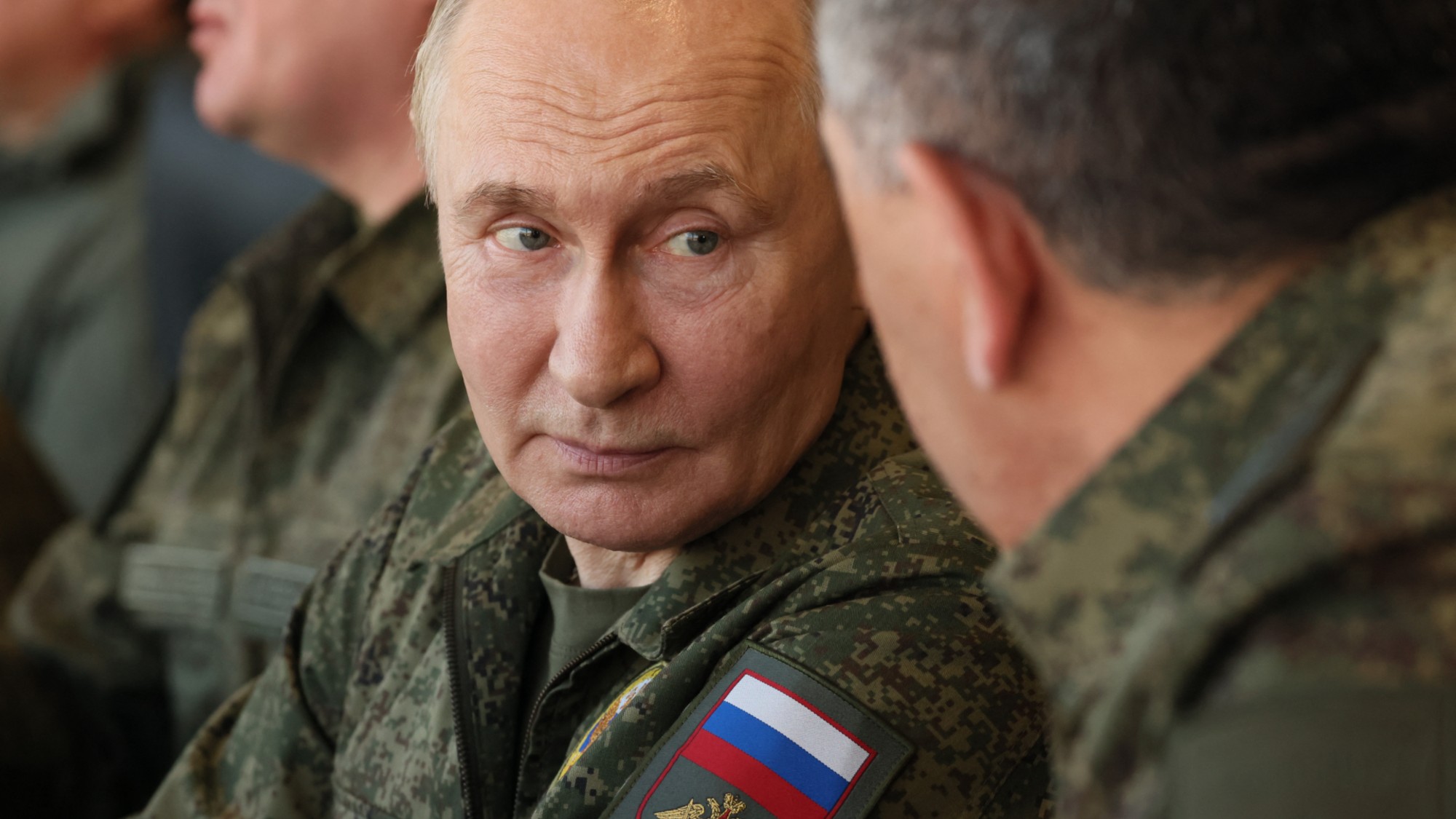 Russia’s war games and the threat to Nato
Russia’s war games and the threat to NatoIn depth Incursion into Poland and Zapad 2025 exercises seen as a test for Europe
-
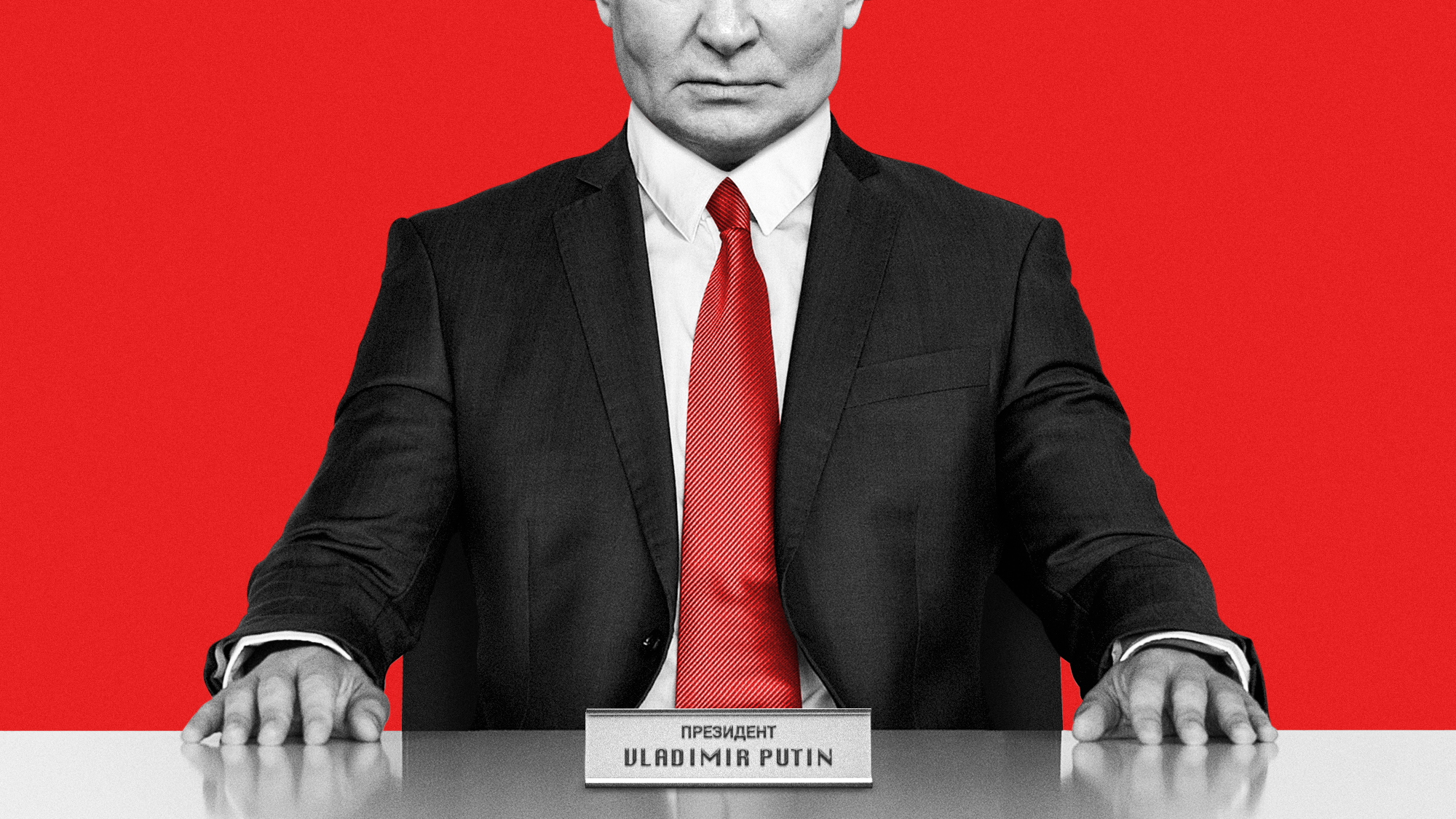 What will bring Vladimir Putin to the negotiating table?
What will bring Vladimir Putin to the negotiating table?Today’s Big Question With diplomatic efforts stalling, the US and EU turn again to sanctions as Russian drone strikes on Poland risk dramatically escalating conflict
-
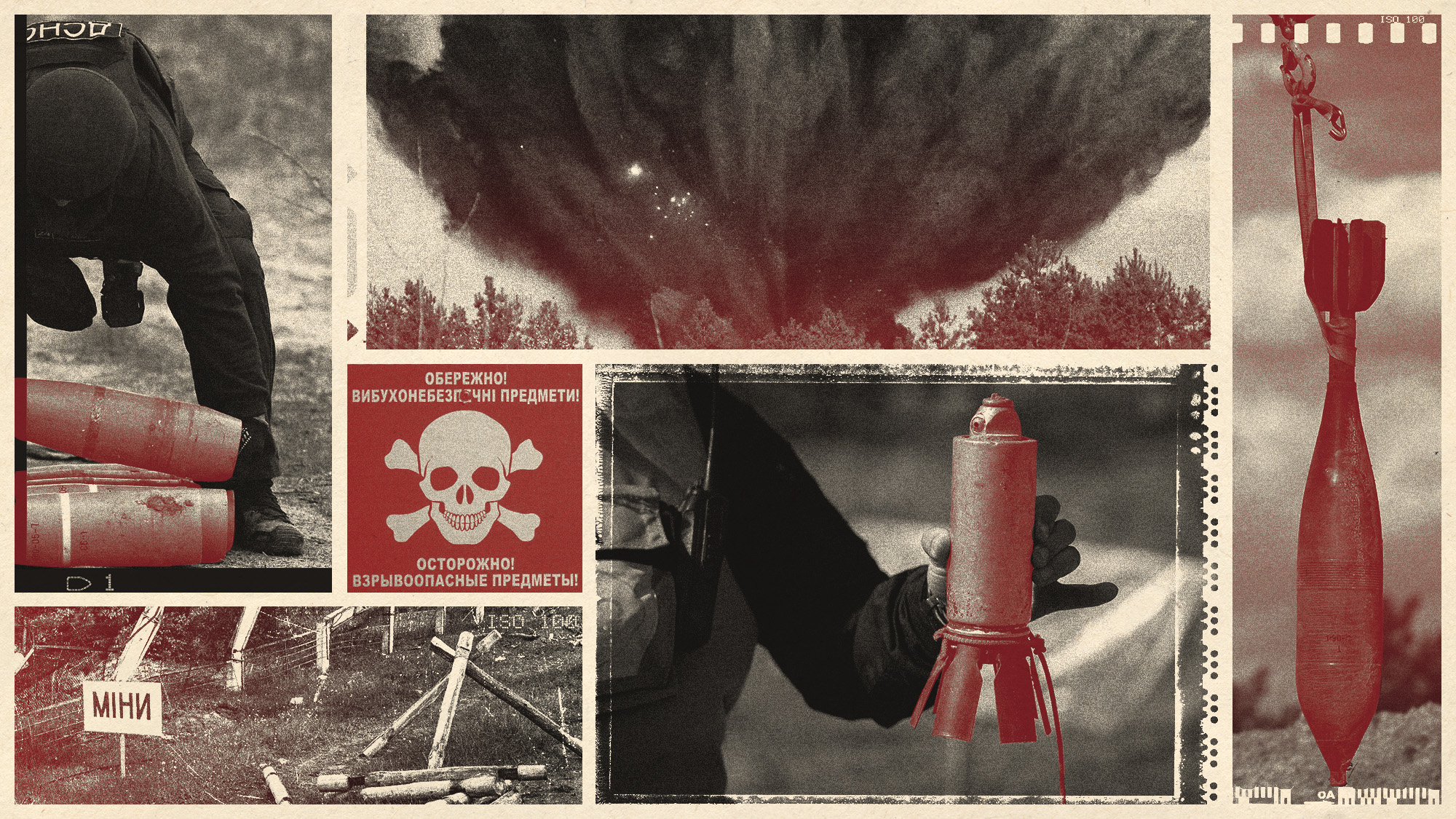 The mission to demine Ukraine
The mission to demine UkraineThe Explainer An estimated quarter of the nation – an area the size of England – is contaminated with landmines and unexploded shells from the war